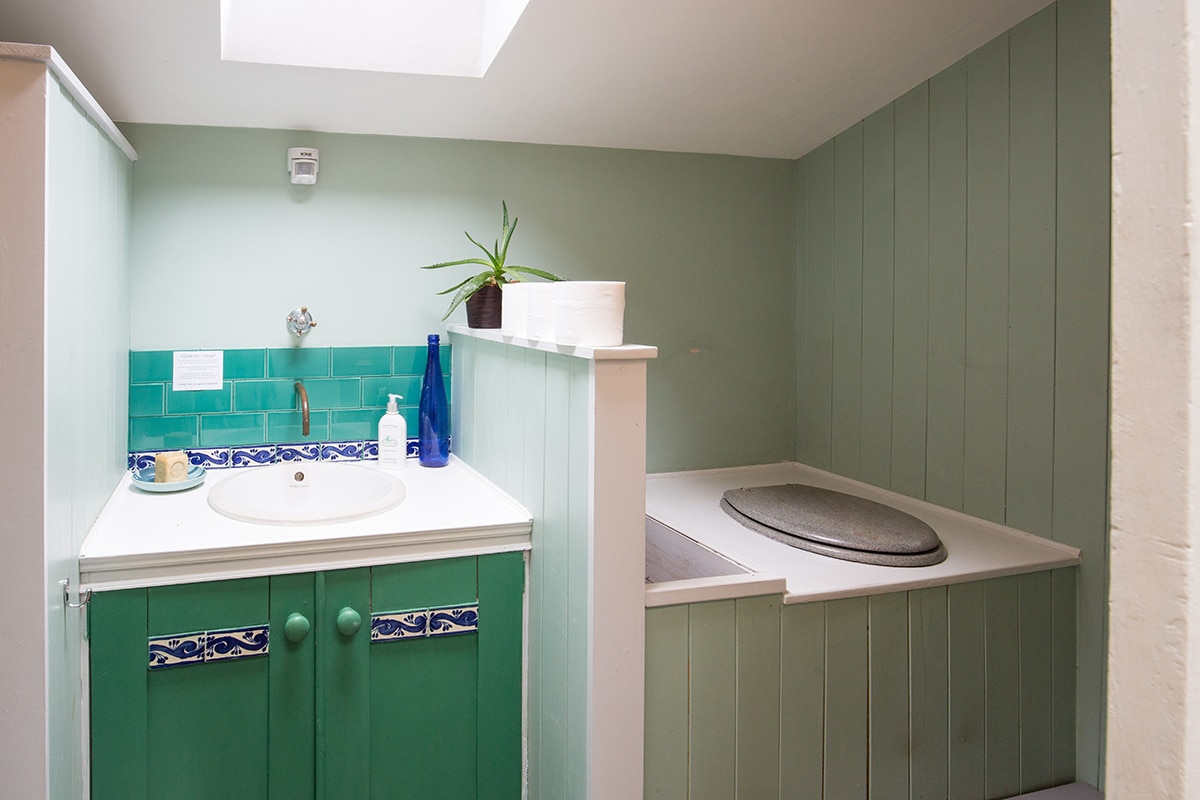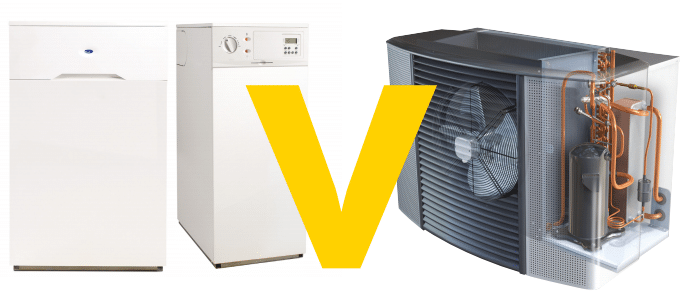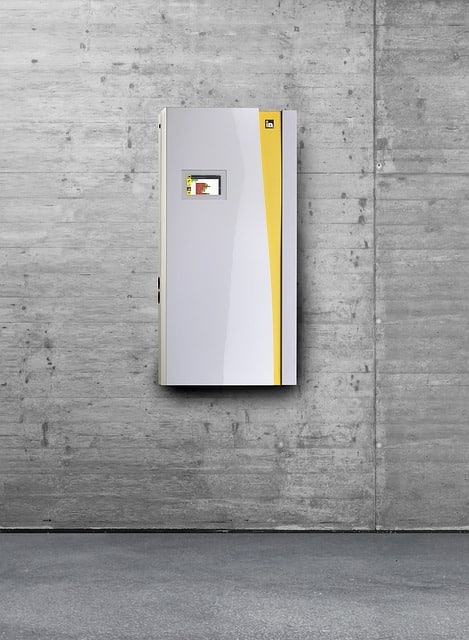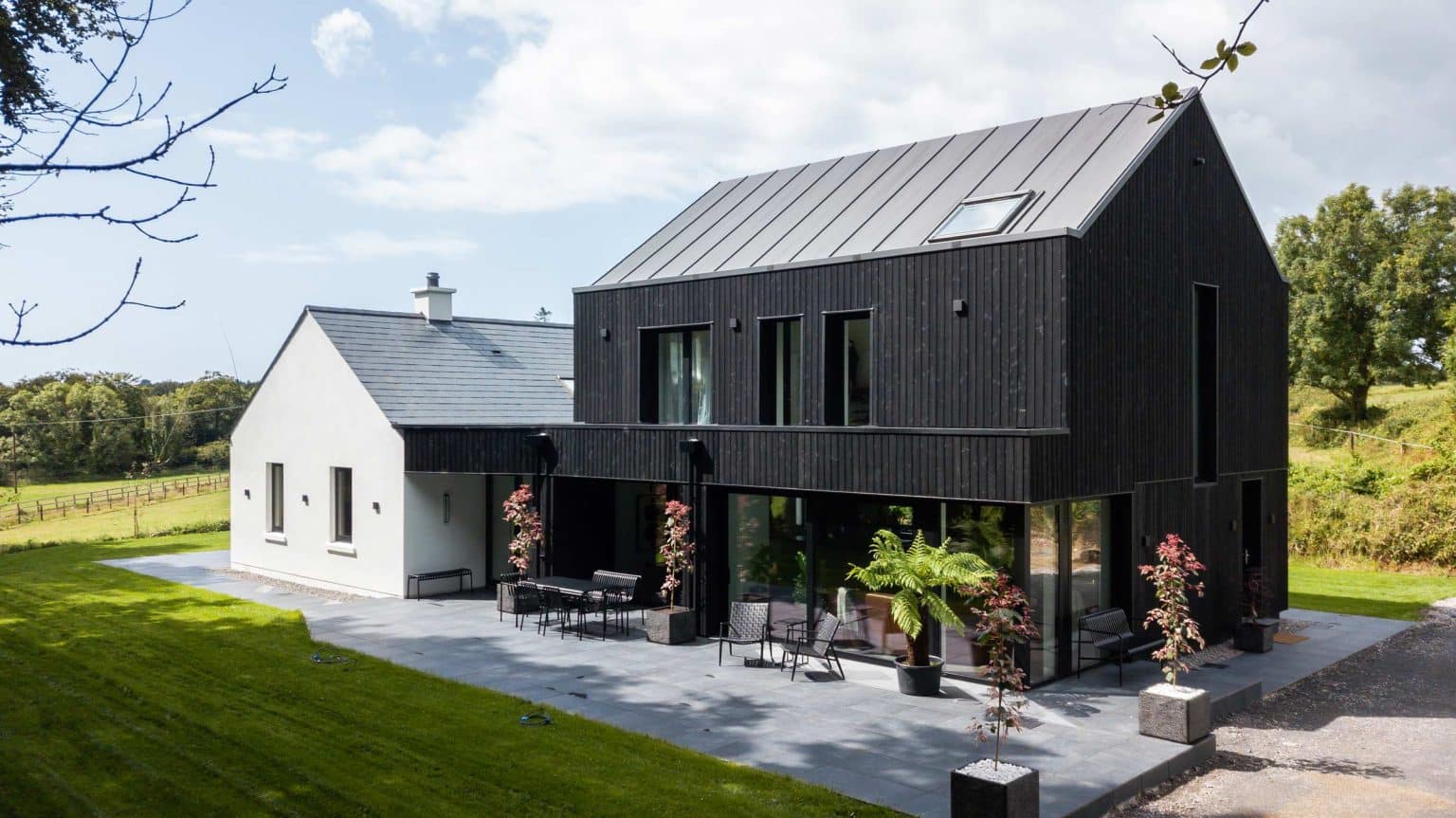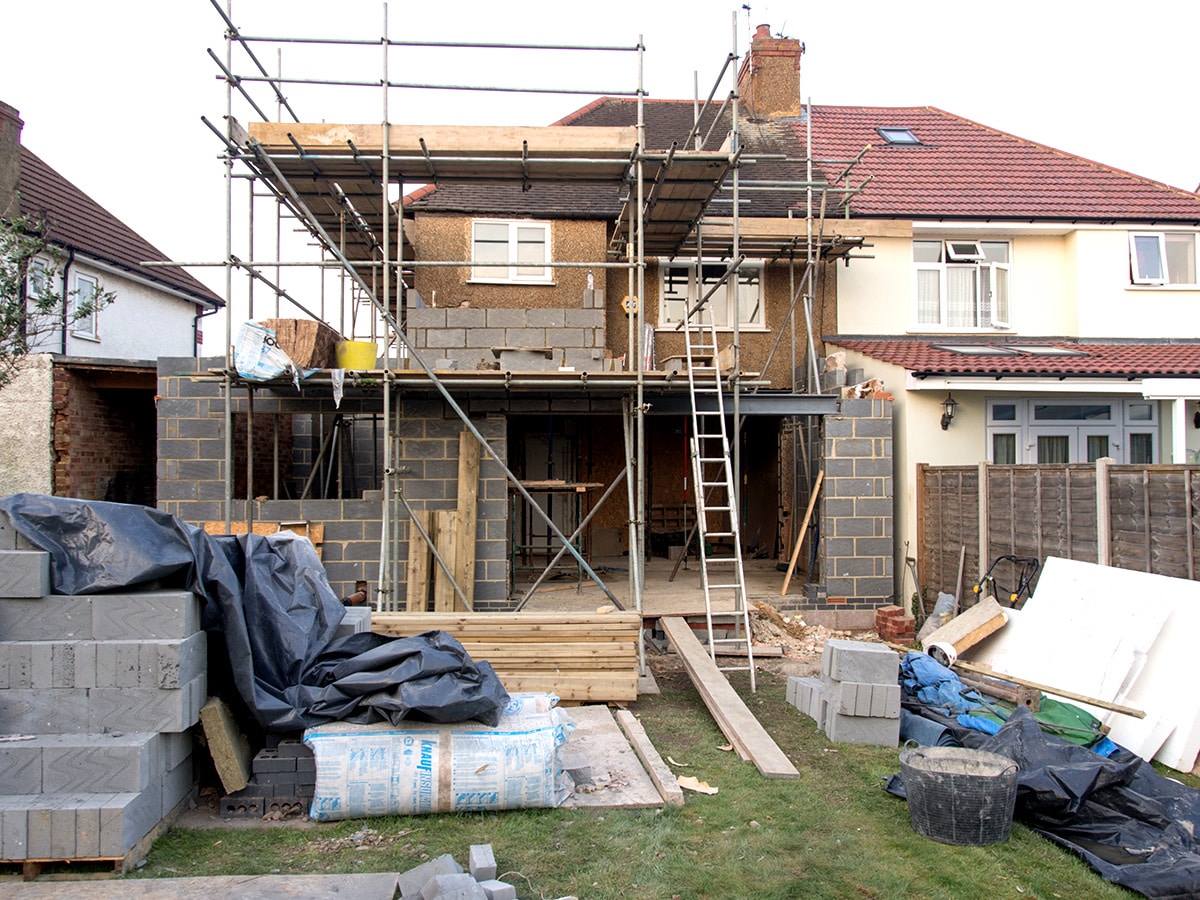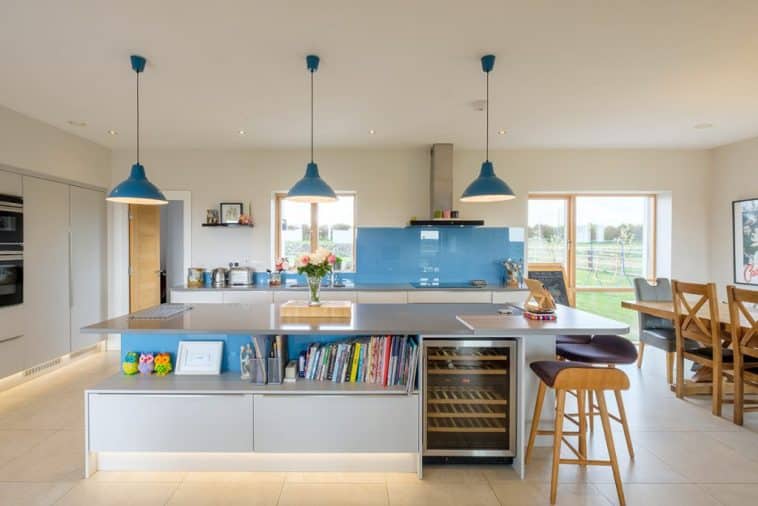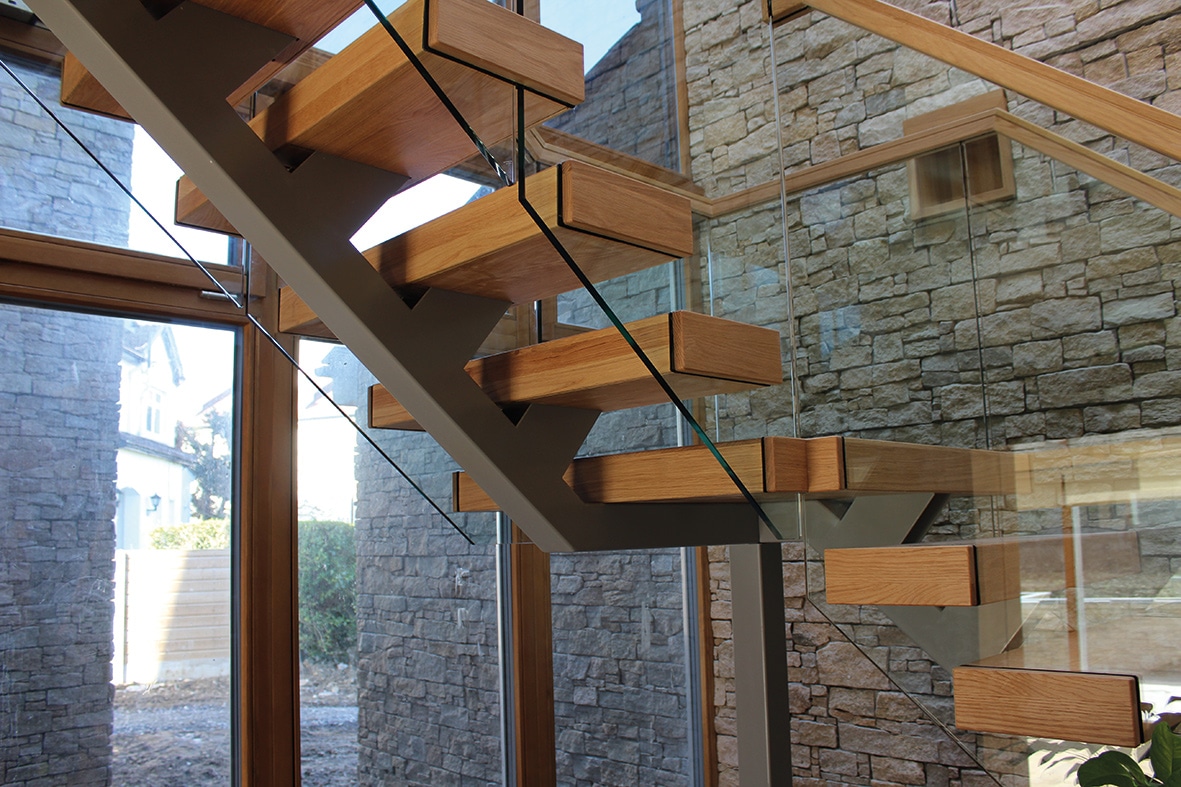In a traditional septic tank system, sludge removal will recover only a small portion of the total nitrogen and phosphorus present in raw domestic wastewater.
The remaining nutrients are therefore being wasted and lost in the ground. Most of the remaining nitrogen and pharmaceuticals pass easily through the soil and can eventually end up in ground and surface waters nearby, causing pollution.
Nitrates and phosphates are used at present by farmers as fertilisers. There is growing concern however that there will be future price increases, because of global shortages of mineral phosphorus. The solution for single homeowners is to recover these nutrients by making home-made compost from human excrement and kitchen waste.
The composting method can work in parallel with standard flush toilets. The waste from the toilet goes to a tank that separates solid waste from the liquids. This separation process, unlike standard septic tanks, avoids making sewage sludge that would otherwise have to be collected and taken away by tanker.
The biomaterial (solid waste) is then composted, thanks to the help of worms, along with kitchen food waste. This composting should be done for three to four years, to significantly eliminate any residual pharmaceuticals such as antibiotics.
Growing non-food plants or hydroponically growing flowers with diluted urine, is the other method to prevent pollution and recover the nitrogen. The remaining grey water is then treated with a nature-based treatment system, such as a reed bed.
With enough fall on the site, no electricity or energy is required for the toilet solids separation process or for the composting process itself.
Ollan Herr of onsite wastewater and rainwater consultancy Herr Ltd, herr.ie

